Coverage Above and Beyond: Everything you need to know about the T-Mobile and SpaceX announcement.
Missed the event? You'll be able to find it on YouTube but we've summed up the main points below.
The event started live on YouTube at 7:00 p.m. CT and features SpaceX's Elon Musk and T-Mobile’s Mike Sievert.
Starbase is looking pretty good.

Here we go....
The event started with a showcase of examples where there is a lack of reception which can be stressful and dangerous.
Nearly 20% unreachable by traditional wireless networks.

Some pretty sweet graphics, foreshadowing what this event will reveal.
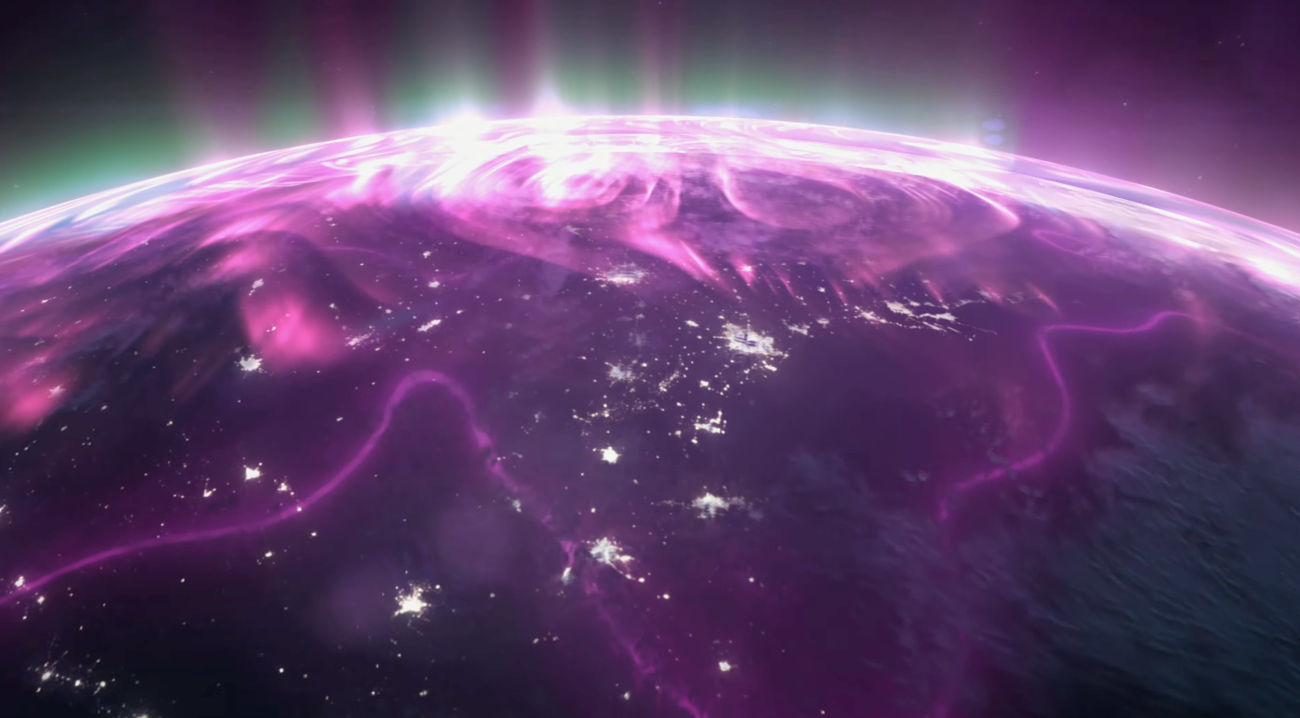
"Coverage Above & Beyond" was announced which will be the end of mobile dead zones.
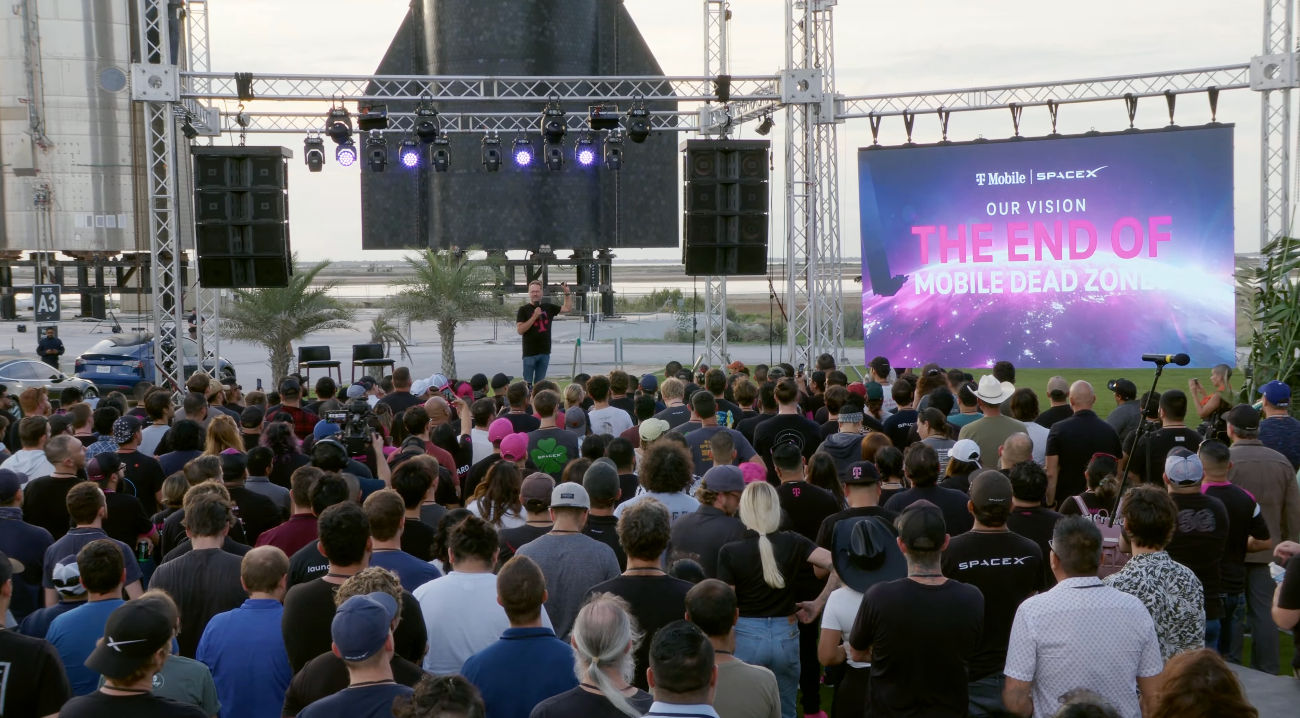
The T-Mobile and SpaceX vision for this partnership. Integrated into Starlink satellites from late next year (beta).
You'll be able to connect using your existing phone.
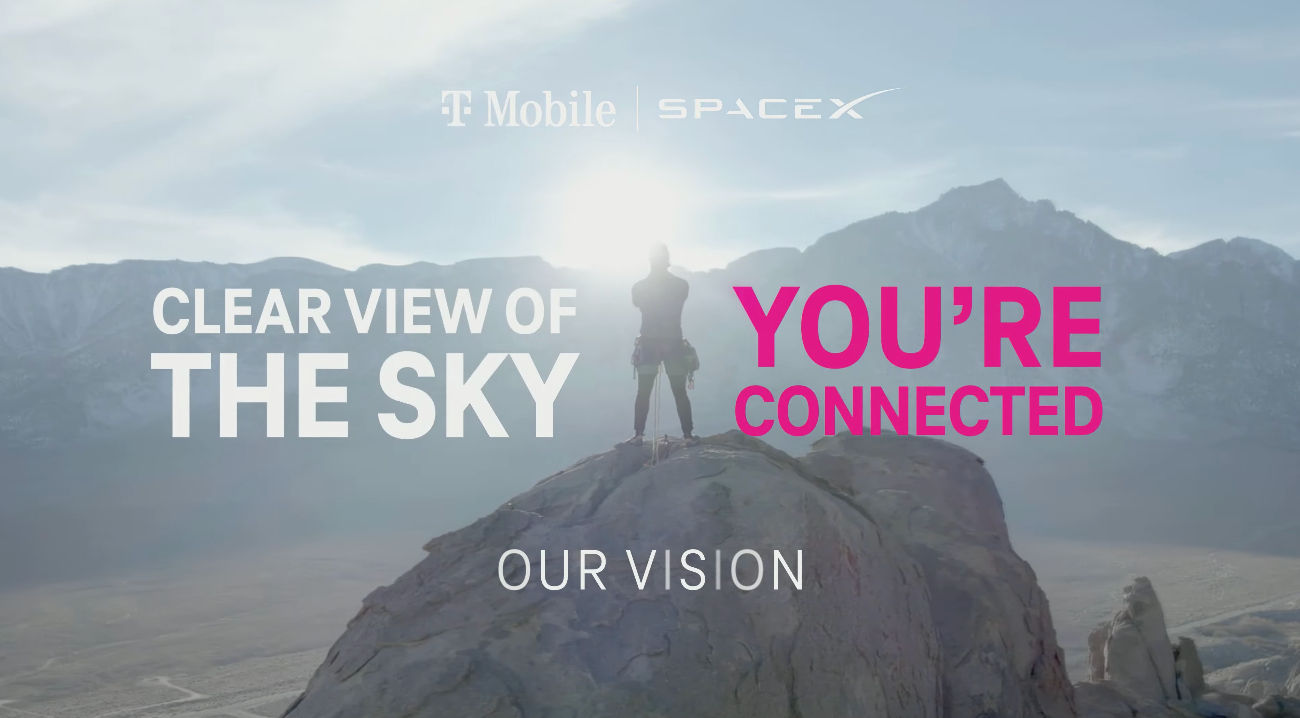
The program will start with texting, MMS and select apps but will expand to data afterwards.

"We expect this service, on our highest plans, to be included for free"

Elon is now on stage. SpaceX do want to work with other companies around the world.
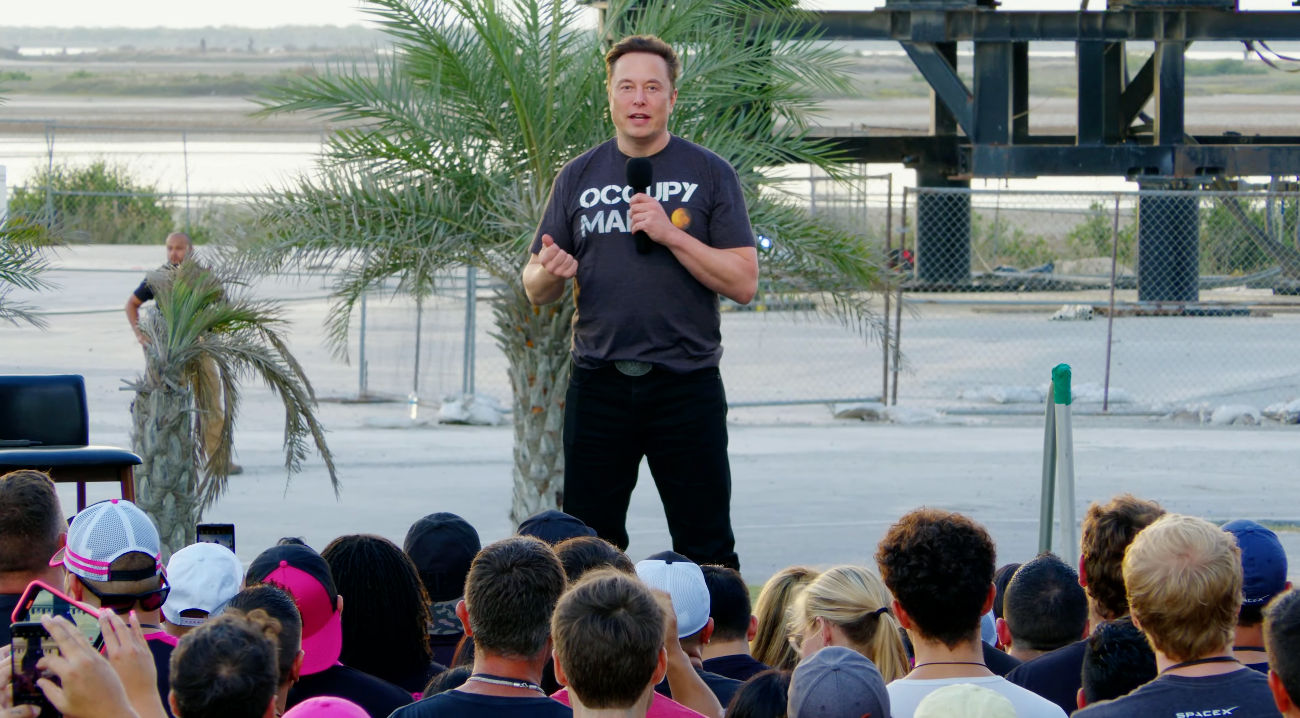
This partnership isn't about getting data anywhere - it's about saving lives. Focus will be on SMS and voice first.
It will save lives.

You need large antennas and lots of satellites which the next gen Starlink is capable of.
They're confident that it will work from your pocket or in your car it should work well. Up to 2/4mb per cell zone.
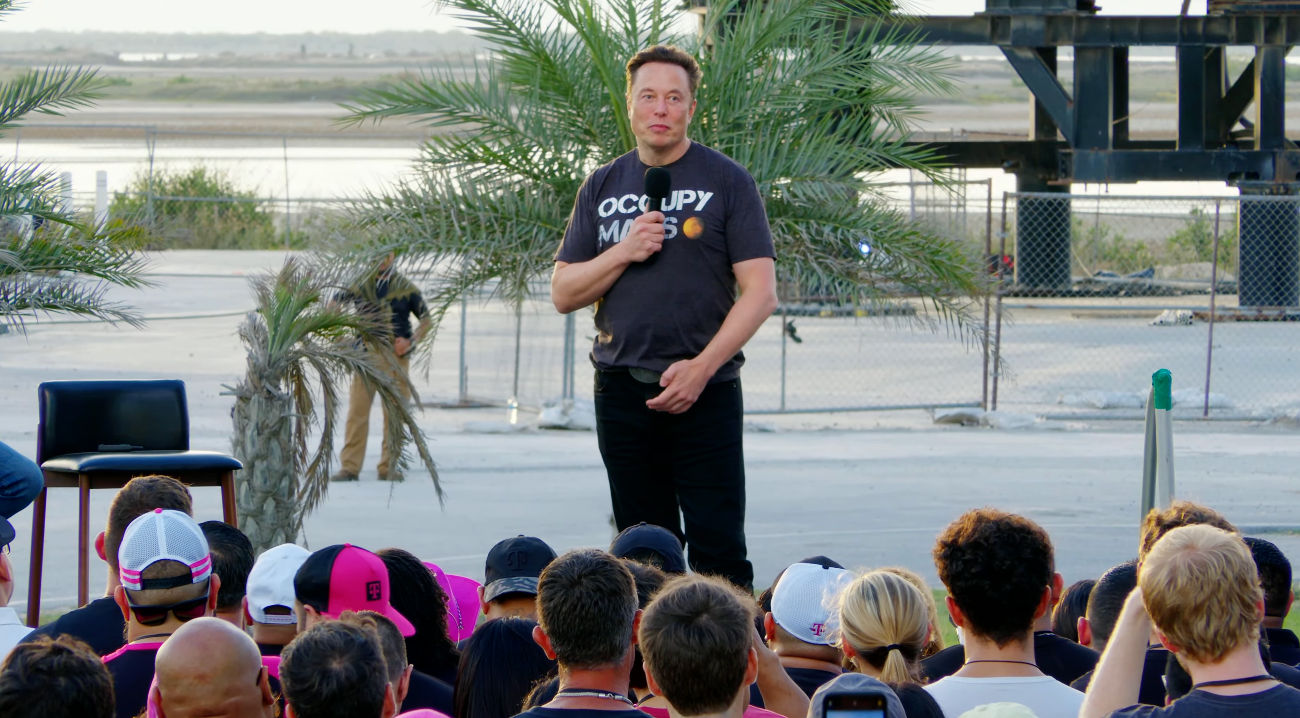
Elon hopes the public understands the importance of no more dead zones.

Higher cost, more popular T-Mobile plans will be included for free.

Existing satellites won't support this but the next generation satellites will. It requires a lot of extra hardware and software.
"The more companies around the world that signs up to this, the better" - Mike
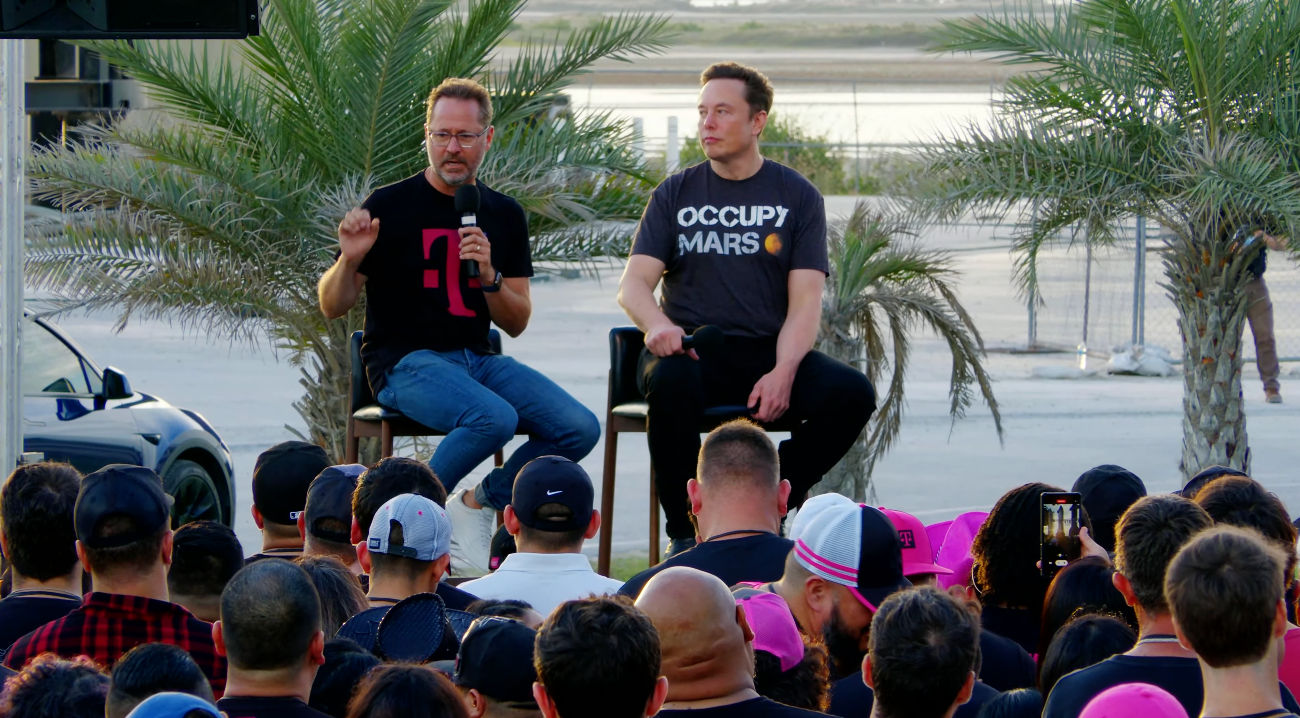
Questions:
Will iMessage and RCS be supported?
We've only just started working on this and we'll need help from the partners to help separate data requests. It will need to be able to split up payload data to determine what the data is. An important thing is, you won't need a new phone.
How big are the new antennas?
Starlink V2 body is about 7m long. The antenna is building will be around 5/6m on the side. Roughly 25 sq/m. Starlink V2 will be made to go up in Starship. Potential for V2 Mini if Starship is delayed.
Will emergency services connections be enabled?
It can work when there is only a handful in orbit. It should still work from early on.
Will this eliminate international plans? What about upload speeds?
We want to make sure everyone understands, this will be for dead-zones. It will be roughly 2/4mb for the entire cell. It will be 1,000-2,000 voice calls per cell. It won't be replacing ground cell stations. Ground stations will still be superior.
What about natural disasters? Freezes etc.
A big benefit is redundancy. We should be able to handle thousands of messages so if ground stations get overwhelmed. It should allow complete redundancy in the event of a hurricane, floods, fires, etc. Even if there was no cell towers, your phone would still work.
How many Starlink users can a single satellite support?
It could be hundreds of thousands of texts or up to 2,000 calls.
How will the phones connect? Any hardware?
We're using existing T-Mobile spectrum which will allow natural support for all existing hardware.
SpaceX and T-Mobile will both contribute, any future plans?
We'd love to have T-Mobile on Mars.
That's a wrap! We hope you enjoyed.
- Tesla Updates Team.